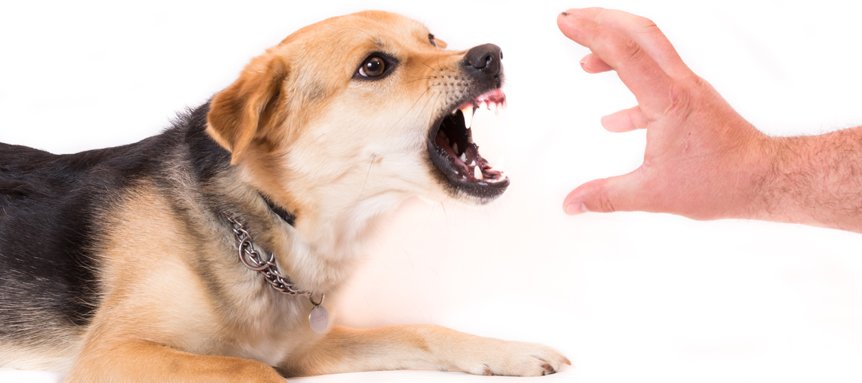Dogs, like any animal, are susceptible to soft tissue muscular injury throughout the course of their everyday activities. Most soft tissue injuries in dogs are due to falls, fights, accidents, and during exercise and play.
Physiological effects of muscular injury
From a physiological point of view, muscular injury will affect a dog in the following ways:
- Pain perception – muscular injury can cause a considerable amount of pain and this will be evident even when the dog is not moving.
- Unusual gait – the normal architecture of the muscle is disrupted if scar tissue is laid down following a severe trauma. Because scar tissue is inelastic (it doesn’t stretch or contract) it affects the muscle as a whole, thus reducing the muscle’s ability to stretch and contract. This has the knock-on effect of altering the natural motion of the dog.
- Compensatory issues – if not addressed will develop over time in the opposing limb(s) and may become an additional source of pain and will contribute to overall unusual motion and posture.
- Swelling
- Localised heat
- Limping
- Inability to bear weight
Psychological effects of muscular injury
Psychologically, a dog may exhibit a range of responses, depending on how they cope with the pain related to the muscular injury. Dogs are notoriously stoic, and seldom complain about an injury other than displaying the usual symptoms of lameness and yelping at the time of injury, or when the injured area is touched. However, some dogs may appear to somewhat withdrawn, depressed and generally ‘not themselves’ as the pain or discomfort of the injury (or compensatory measure in place) intensifies. They may become antisocial and ‘take themselves to bed’ in order to rest. A dog with an injury may also be likely to avoid physical exercise so as not to aggravate the condition further.
Furthermore, signs of irritability and aggression may follow muscular injury. As human animals, we know ourselves that we tend to become irritable when in pain, and we are likely to tell people to “back off!” if we are approached. Our canine companions are no different, and the progression to aggression brought about by pain can range from a snarl to a defensive bite as a protection mechanism.
Sources
- Houredebaigt, J-P., 2004. Canine Massage – A Complete Reference Manual. 2nd ed. Wenatchee: Dogwise Publishing.
- Robertson, J., 2010. The Complete Dog Massage Manual. Dorset: Veloce Publishing Ltd.
- Robertson, J., Mead, A., 2013. Physical Therapy and Massage for the Dog. London: Manson Publishing Ltd.
